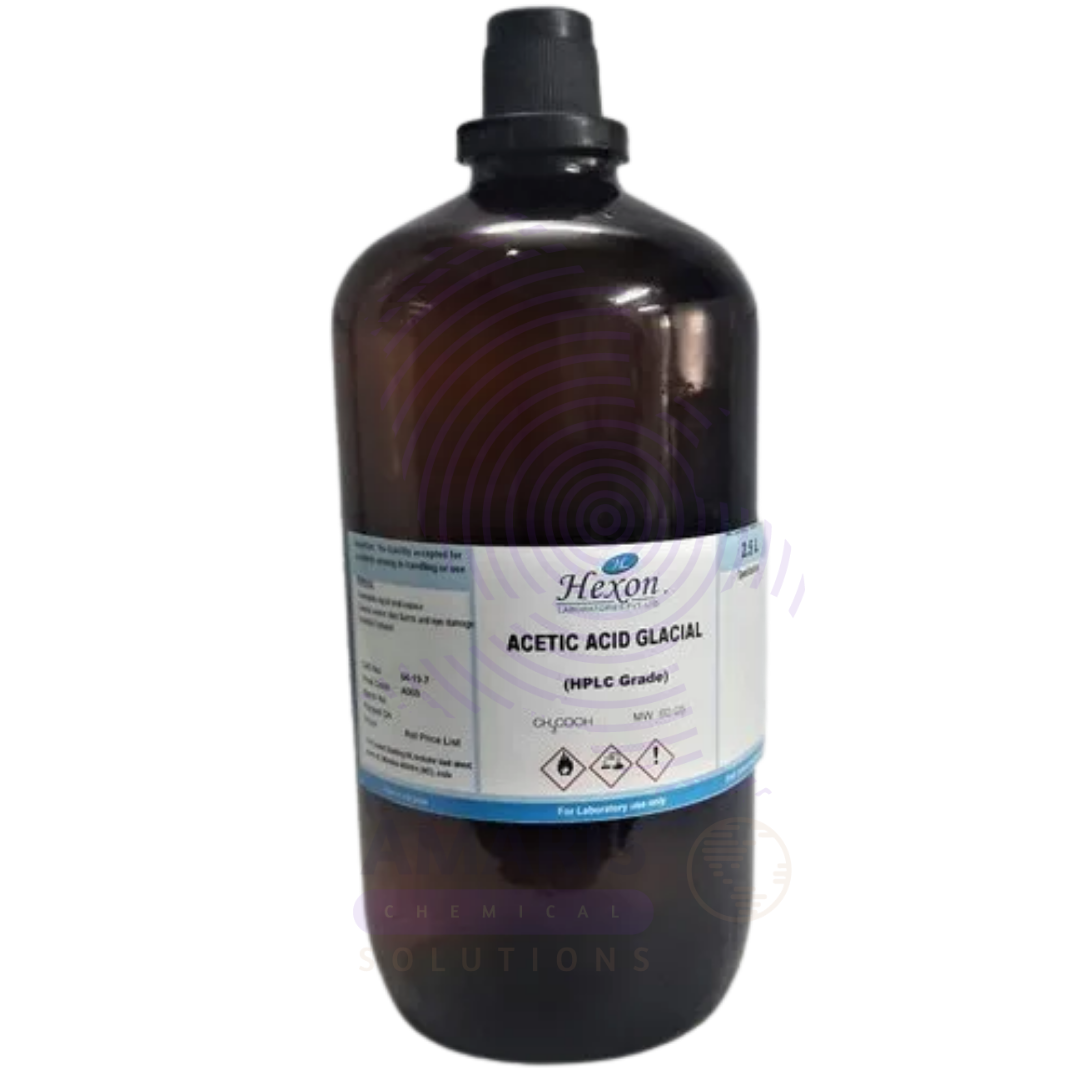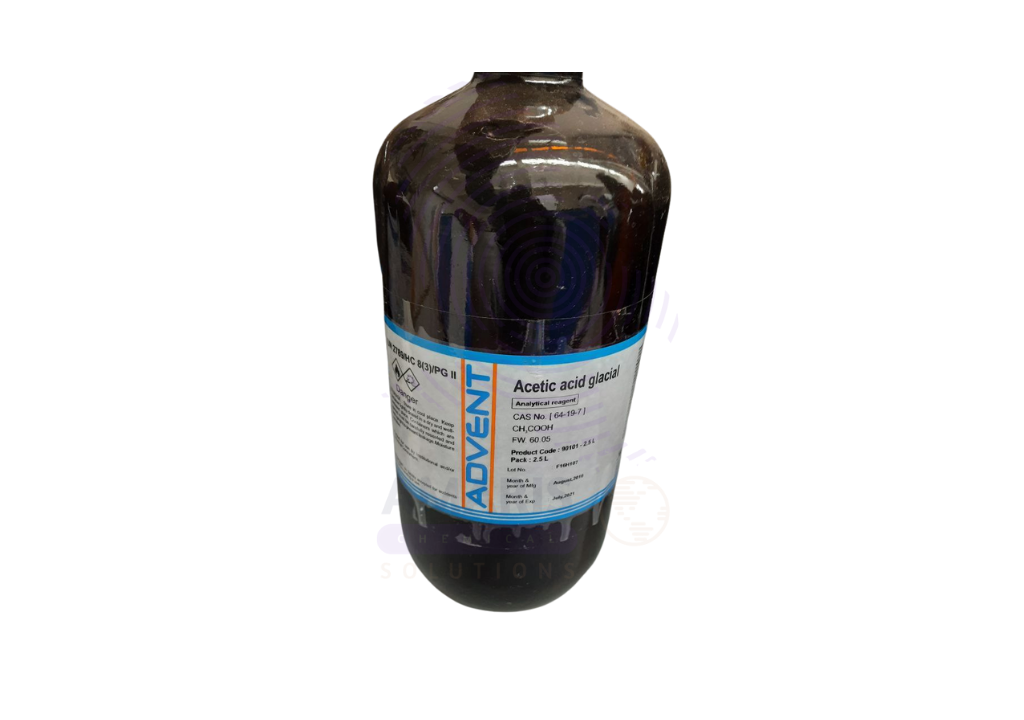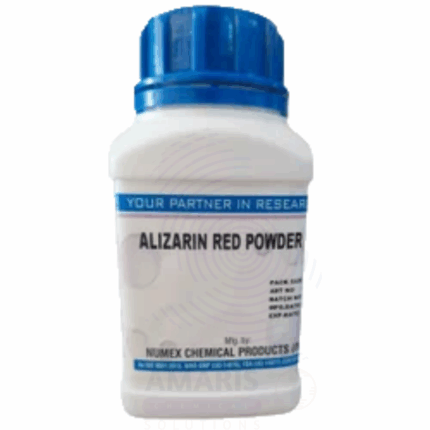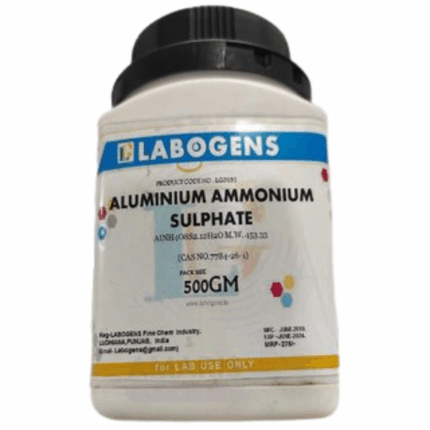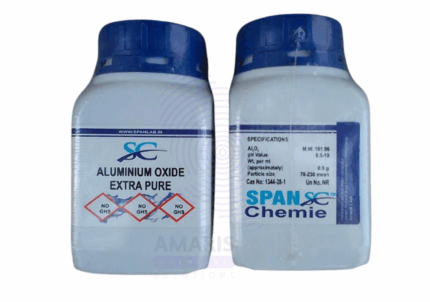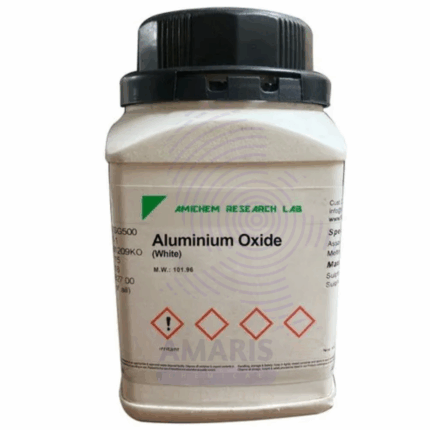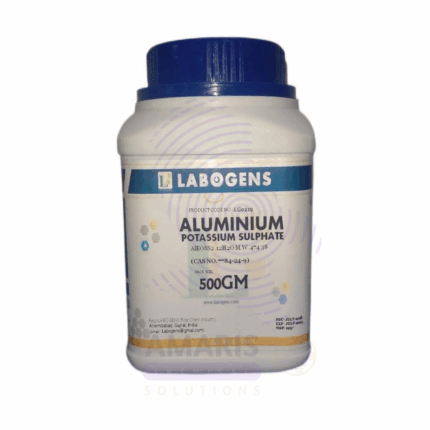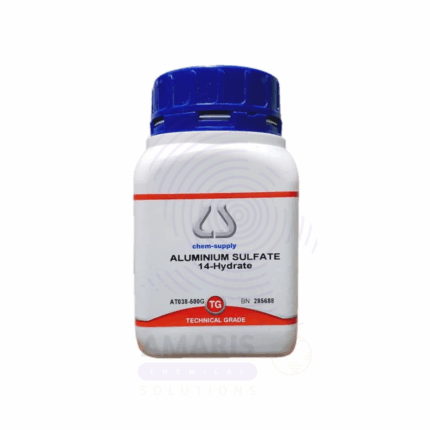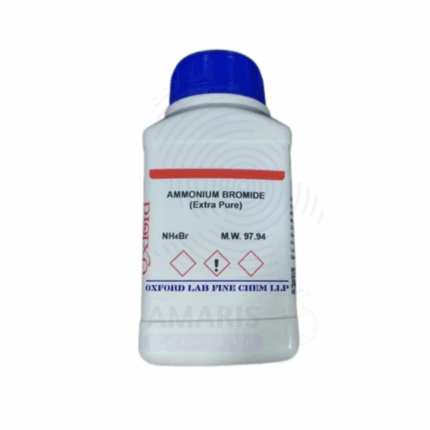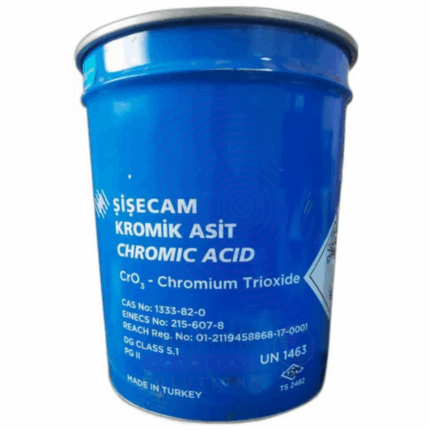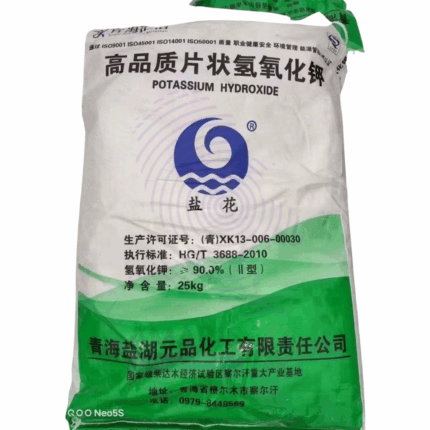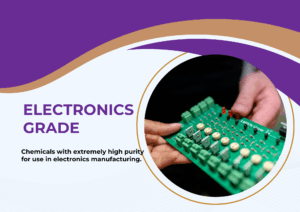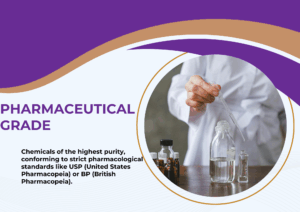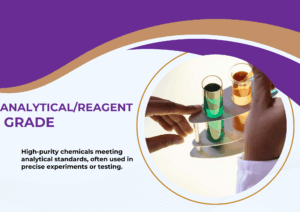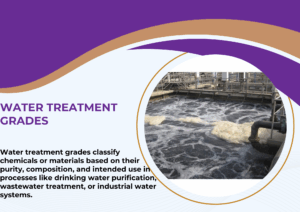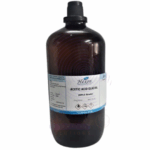
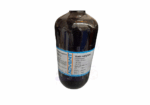

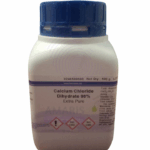
Acetic Acid Extra Pure
$ 28.00 Original price was: $ 28.00.$ 27.13Current price is: $ 27.13.
Acetic Acid Extra Pure is a high-purity, clear, colorless liquid with a sharp, pungent vinegar-like odor, widely recognized for its versatility in both laboratory and industrial applications. It serves as a fundamental reagent in analytical chemistry, titration processes, and the synthesis of various organic compounds. Its excellent solvency, reactivity, and acidic properties make it essential in the production of acetates, pharmaceuticals, dyes, and polymers. In laboratory settings, it is frequently used as a solvent and a pH adjuster in buffer solutions and chemical reactions. Owing to its corrosive nature and volatility, careful handling and appropriate storage in airtight containers are necessary to preserve its quality and ensure safe usage across scientific, cosmetic, and specialty chemical formulations.
Acetic Acid Extra Pure
Primary Uses
- Analytical Chemistry Reagent
- Used in titrations, pH adjustments, and preparation of buffer solutions.
- Chromatography Applications
- Employed in mobile phases for HPLC and other analytical techniques.
- Laboratory Solvent & Acidifier
- Ideal for research and experimental reactions requiring high-purity acids.
- Synthesis of High-Purity Chemicals
- Used in producing esters, acetates, and other organic intermediates in lab-scale or pharmaceutical synthesis.
- Pharmaceutical & Biotechnology Use
- Used in production and purification processes in compliance with GMP standards.
Secondary Uses
- Microbiology & Cell Culture
- Used to maintain acidic conditions or sterilize certain equipment and media.
- Spectroscopy Sample Prep
- Assists in dissolving samples for FTIR, UV-Vis, or NMR analysis.
- Histology & Pathology
- Acts as a fixative or clearing agent in tissue preparation.
- Cosmetic & Personal Care R&D
- Utilized in the formulation of test batches of toners, astringents, and hair care products.
- Electronics Industry (Lab-Level)
- For etching, cleaning, or modifying surfaces in precision electronics R&D environments.
| PACK SIZE |
2.5ltrs |
|---|
1. Basic Identification Attributes
- Chemical Name: Acetic Acid (IUPAC: Ethanoic Acid)
- CAS Number: 64-19-7
- HS Code: 29152100
- Molecular Formula: C₂H₄O₂
- Synonyms:
- Ethanoic acid
- Glacial acetic acid (when pure and water-free)
- Vinegar acid
- Methanecarboxylic acid
2. Physical & Chemical Properties
- Physical State: Liquid
- Color & Odor: Colorless; pungent, vinegar-like odor
- Boiling Point: ~118.1°C (244.6°F)
- Melting Point: 16.6°C (61.9°F)
- Density/Specific Gravity: ~1.049 g/cm³ at 25°C
- Solubility:
- Water: Miscible in all proportions
- Organic Solvents: Miscible with ethanol, acetone, ether
- pH Level: ~2.4 (1M solution) – strongly acidic
- Vapor Pressure: ~15.7 mmHg at 20°C
- Volatility: Moderate
- Flash Point: 39°C (closed cup)
- Autoignition Temperature: 463°C (865°F)
- Viscosity: ~1.22 cP at 25°C
3. Safety & Hazard Attributes
- Hazard Class (GHS):
- Flammable Liquid (Category 3)
- Skin Corrosion (Category 1A)
- Eye Damage (Category 1)
- NFPA Ratings:
- Health: 2
- Flammability: 2
- Reactivity: 0
- Exposure Limits:
- OSHA PEL: 10 ppm (25 mg/m³)
- ACGIH TLV: 10 ppm TWA
- Reactivity:
- Reacts with strong oxidizers, metals, strong bases
- Corrosive to many metals forming hydrogen gas
4. Storage & Handling Attributes
- Storage Conditions:
- Store in a cool, well-ventilated area away from ignition sources
- Protect from heat and moisture
- Incompatible Materials:
- Oxidizing agents (e.g., chromic acid, nitric acid)
- Strong bases, metals (e.g., sodium, potassium)
- Container Type:
- Glass, HDPE, or corrosion-resistant metal
- Shelf Life & Expiration Date:
- Typically 2–3 years if sealed and stored properly
- Special Handling Requirements:
- Wear gloves, goggles, lab coat
- Use under a fume hood or with adequate ventilation
5. Regulatory & Compliance Attributes
- Regulatory Status:
- Listed by REACH, TSCA, DSL, OSHA
- Controlled for transport and workplace exposure
- Transportation Restrictions:
- UN Number: UN2789 (glacial), UN2790 (solution)
- Hazard Class: 8 (Corrosive), also 3 (Flammable liquid)
- Packing Group: II
- Waste Disposal Method:
- Neutralize with a base before disposal
- Dispose in accordance with EPA, local, and RCRA regulations
6. Environmental & Health Impact
- Ecotoxicity:
- Harmful to aquatic organisms in concentrated form
- LC50 (fish, 96h): ~75 mg/L
- Persistence in Environment:
- Readily biodegradable
- Carcinogenicity/Mutagenicity:
- Not classified as carcinogenic by IARC, OSHA, or NTP
- Biodegradability:
- Easily and rapidly biodegradable in the environment
Safety Handling Precautions
- Personal Protective Equipment (PPE):
- Wear chemical-resistant gloves (e.g., nitrile), safety goggles, face shield, and lab coat.
- Use a respirator in case of insufficient ventilation or if vapors are likely.
- Handling:
- Handle under a chemical fume hood or in a well-ventilated area.
- Avoid inhalation of vapors and prevent contact with eyes, skin, and clothing.
- Use only non-sparking tools and ensure proper grounding/bonding when transferring.
- Storage:
- Store in a cool, dry, well-ventilated, and corrosion-resistant area.
- Keep container tightly closed and away from heat, sparks, and open flame.
- Segregate from oxidizers, strong bases, and reducing agents.
- Hygiene Measures:
- Wash hands and face thoroughly after handling.
- Remove contaminated clothing immediately and launder before reuse.
FIRST AID MEASURES
- Inhalation:
- Move person to fresh air.
- Provide oxygen if breathing is difficult.
- Seek medical attention if symptoms persist—may cause respiratory irritation.
- Skin Contact:
- Immediately remove contaminated clothing.
- Rinse affected skin with plenty of water for at least 15 minutes.
- Seek medical help—acetic acid can cause burns.
- Eye Contact:
- Rinse cautiously with water for at least 15–20 minutes.
- Hold eyelids apart and remove contact lenses if easy to do.
- Get immediate medical attention—acetic acid is corrosive to eyes.
- Ingestion:
- Do not induce vomiting.
- Rinse mouth with water.
- Give water or milk only if conscious.
- Seek immediate medical attention.
FIRE FIGHTING MEASURES
- Suitable Extinguishing Media:
- Use water spray, dry chemical powder, alcohol-resistant foam, or carbon dioxide (CO₂).
- Specific Hazards:
- Flammable liquid and vapor.
- Vapors may travel to ignition sources and flash back.
- Emits irritating or toxic fumes (acetic acid vapors, carbon oxides) when heated or burned.
- Protective Equipment for Firefighters:
- Use self-contained breathing apparatus (SCBA).
- Wear full protective gear resistant to chemical exposure.
- Firefighting Instructions:
- Cool fire-exposed containers with water spray.
- Approach fire from upwind to avoid hazardous vapors.

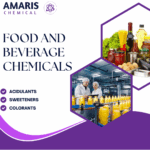
 Preservatives(food)
Preservatives(food) Flavor Enhancers
Flavor Enhancers Acidulants
Acidulants Sweeteners
Sweeteners Antioxidants
Antioxidants Colorants(food)
Colorants(food)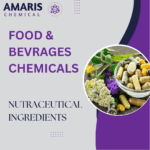 Nutraceutical Ingredients (food)
Nutraceutical Ingredients (food) Nutrient Supplements
Nutrient Supplements Emulsifiers
Emulsifiers
 Collectors
Collectors Dust Suppressants
Dust Suppressants Explosives and Blasting Agents
Explosives and Blasting Agents Flocculants and Coagulants
Flocculants and Coagulants Frothers
Frothers Leaching Agents
Leaching Agents pH Modifiers
pH Modifiers Precious Metal Extraction Agents
Precious Metal Extraction Agents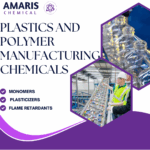
 Antioxidants(plastic)
Antioxidants(plastic) Colorants (Pigments, Dyes)
Colorants (Pigments, Dyes) Fillers and Reinforcements
Fillers and Reinforcements Flame Retardants
Flame Retardants Monomers
Monomers Plasticizers
Plasticizers Polymerization Initiators
Polymerization Initiators Stabilizers (UV, Heat)
Stabilizers (UV, Heat)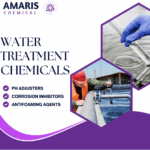
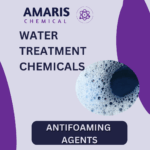 Antifoaming Agents
Antifoaming Agents Chelating Agents
Chelating Agents Coagulants and Flocculants
Coagulants and Flocculants Corrosion Inhibitors
Corrosion Inhibitors Disinfectants and Biocides
Disinfectants and Biocides Oxidizing Agents
Oxidizing Agents pH Adjusters
pH Adjusters Scale Inhibitors( water)
Scale Inhibitors( water)
 Antioxidants(cosmetic)
Antioxidants(cosmetic) Emollients
Emollients Fragrances and Essential Oils
Fragrances and Essential Oils Humectants
Humectants Preservatives
Preservatives Surfactants(cosmetic)
Surfactants(cosmetic) Thickeners
Thickeners UV Filters
UV Filters
 Fertilizers
Fertilizers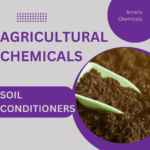 Soil Conditioners
Soil Conditioners Plant Growth Regulators
Plant Growth Regulators Animal Feed Additives
Animal Feed Additives Biostimulants
Biostimulants Pesticides (Herbicides, Insecticides, Fungicides)
Pesticides (Herbicides, Insecticides, Fungicides)
 Active Pharmaceutical Ingredients (APIs)
Active Pharmaceutical Ingredients (APIs) Excipients
Excipients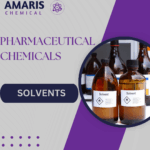 Solvents(pharmaceutical)
Solvents(pharmaceutical) Antibiotics
Antibiotics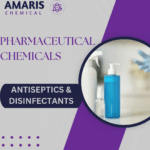 Antiseptics and Disinfectants
Antiseptics and Disinfectants Vaccine Adjuvants
Vaccine Adjuvants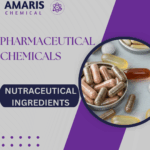 Nutraceutical Ingredients (pharmaceutical)
Nutraceutical Ingredients (pharmaceutical)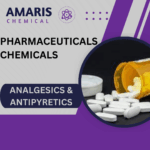 Analgesics & Antipyretics
Analgesics & Antipyretics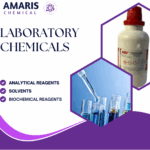
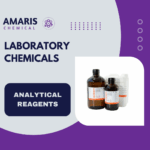 Analytical Reagents
Analytical Reagents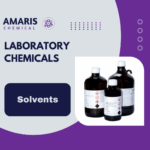 Solvents(lab)
Solvents(lab)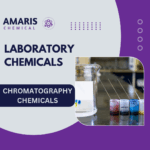 Chromatography Chemicals
Chromatography Chemicals Spectroscopy Reagents
Spectroscopy Reagents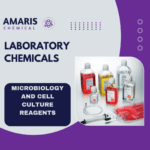 microbiology-and-cell-culture-reagents
microbiology-and-cell-culture-reagents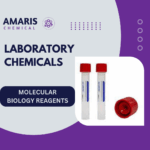 Molecular Biology Reagents
Molecular Biology Reagents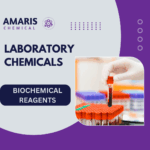 Biochemical Reagents
Biochemical Reagents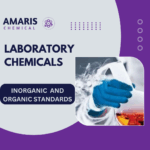 Inorganic and Organic Standards
Inorganic and Organic Standards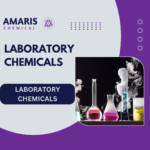 Laboratory Safety Chemicals
Laboratory Safety Chemicals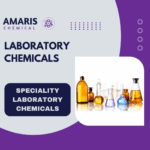 Specialty Laboratory Chemicals(Special Laboratory Equipment)
Specialty Laboratory Chemicals(Special Laboratory Equipment)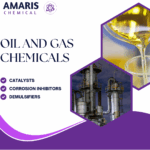
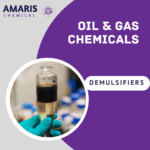 Demulsifiers
Demulsifiers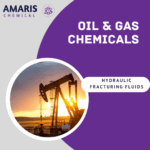 Hydraulic Fracturing Fluids
Hydraulic Fracturing Fluids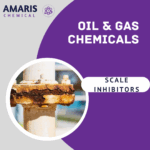 Scale Inhibitors(oil)
Scale Inhibitors(oil) Surfactants(oil)
Surfactants(oil)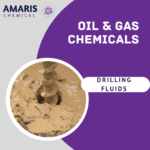 Drilling Fluids
Drilling Fluids
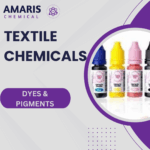 Dyes and Pigments
Dyes and Pigments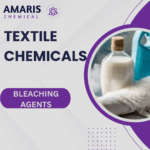 Bleaching Agents
Bleaching Agents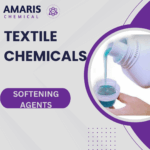 Softening Agents
Softening Agents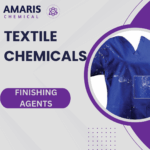 Finishing Agents
Finishing Agents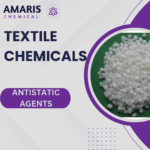 Antistatic Agents
Antistatic Agents
 Admixtures
Admixtures Waterproofing Agents
Waterproofing Agents Sealants and Adhesives
Sealants and Adhesives Curing Compounds
Curing Compounds Concrete Repair Chemicals
Concrete Repair Chemicals Anti-Corrosion Coatings
Anti-Corrosion Coatings
 Surfactants(cleaning)
Surfactants(cleaning) Builders
Builders Enzymes
Enzymes Solvents (Cleaning)
Solvents (Cleaning) Fragrances
Fragrances
 Electronic Chemicals
Electronic Chemicals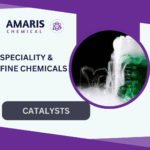 Catalysts
Catalysts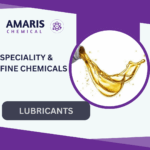 Lubricants
Lubricants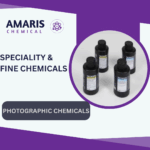 Photographic Chemicals
Photographic Chemicals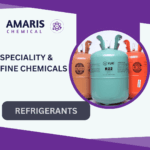 Refrigerants
Refrigerants Automotive chemicals
Automotive chemicals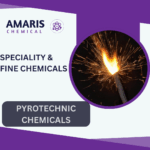 Pyrotechnic Chemicals
Pyrotechnic Chemicals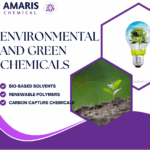
 Biodegradable Surfactants
Biodegradable Surfactants Bio-based Solvents
Bio-based Solvents Renewable Polymers
Renewable Polymers Carbon Capture Chemicals
Carbon Capture Chemicals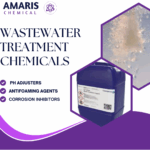 Wastewater Treatment Chemicals
Wastewater Treatment Chemicals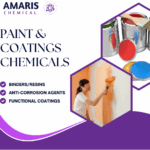
 Pigments
Pigments Solvents(paint)
Solvents(paint) Specialty Coatings
Specialty Coatings Binders/Resins
Binders/Resins Additives
Additives Driers
Driers Anti-Corrosion Agents
Anti-Corrosion Agents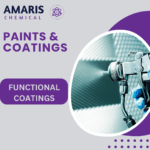 Functional Coatings
Functional Coatings Application-Specific Coatings
Application-Specific Coatings
 Fresh Herbs
Fresh Herbs Ground Spices
Ground Spices Whole Spices
Whole Spices Spice Blends
Spice Blends Dried Herbs
Dried Herbs
 Leavening Agents
Leavening Agents Dough Conditioners
Dough Conditioners Flour Treatments
Flour Treatments Fat Replacers
Fat Replacers Decoratives
Decoratives Preservatives(baking)
Preservatives(baking)
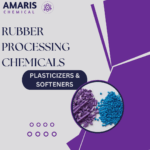 Plasticizers & Softeners
Plasticizers & Softeners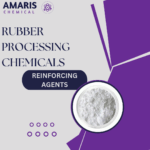 Reinforcing Agents
Reinforcing Agents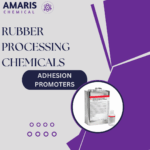 Adhesion Promoters
Adhesion Promoters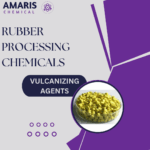 Vulcanizing Agents
Vulcanizing Agents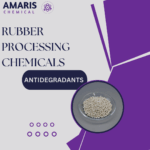 Antidegradants
Antidegradants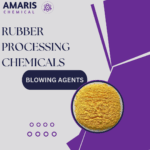 Blowing Agents
Blowing Agents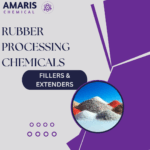 Fillers & Extenders
Fillers & Extenders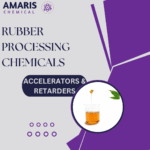 Accelerators & Retarders
Accelerators & Retarders